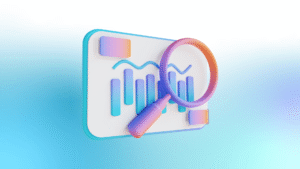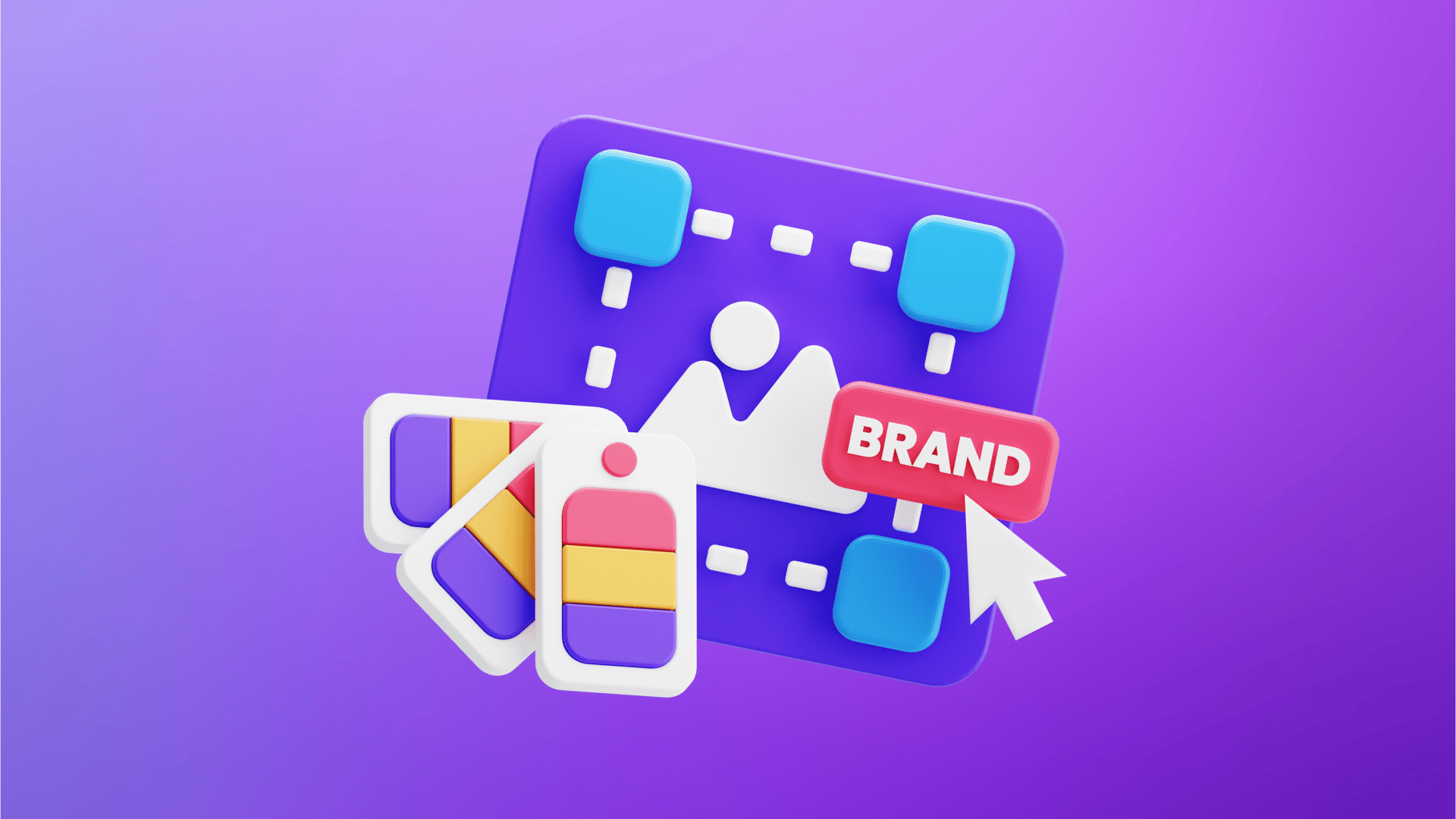Claude scored an impressive 92% on the HumanEval coding test, while ChatGPT achieved 90.2%. These results express why comparing Claude and ChatGPT remains relevant in 2025.
Both AI platforms have their own strengths that go beyond simple performance metrics. Claude 3.5 Sonnet can process 150,000 words with its 200,000-token context window. ChatGPT processes about 96,000 words. Their pricing models differ too – Claude 3.5 Sonnet costs $3 per million input tokens, while GPT-4 charges $5.
Developers need coding help, content creators want reliable output, and business professionals look for AI solutions. Understanding these differences is vital to choose the right tool for your needs. This piece will help you compare Claude and ChatGPT and make an informed decision.
Core Model Capabilities
These AI powerhouses reveal their true nature through their core capabilities.
Processing Power: Token Limits
A huge gap exists in the processing capacity between these models. Claude 3.5 Sonnet works with 200,000 tokens (approximately 150,000 words) in its context window. Claude can process up to 1 million tokens for specific applications. ChatGPT’s capabilities depend on the model – GPT-3.5 handles 4,096 tokens, while GPT-4 manages 8,192 tokens.
Knowledge Base and Training Data
Both models make use of vast training datasets that come from internet text, books, and articles. Claude’s knowledge reaches up to August 2023, making it more current than ChatGPT’s January 2022 cutoff. The models share similar architectures and use transformer-based frameworks that are improved with reinforcement learning from human feedback.
Response Quality and Accuracy
Claude stands out in several areas. The model scores 92% on the standard HumanEval test, which beats ChatGPT’s 90.2%. Claude really shines at:
- Proofreading and editing tasks
- Creative problem-solving
- Detailed analysis of complex scenarios
ChatGPT proves stronger with mathematical reasoning and complex equations. Claude 3.5 Sonnet performs better than GPT-4 in most standard evaluation metrics, especially in undergraduate-level expert knowledge (MMLU) and graduate-level expert reasoning (GPQA).
Speed creates another key difference. Claude processes queries in about 5 seconds, while ChatGPT takes 30 seconds on average, with a 60-second timeout limit. This quick response time and Claude’s larger context window help it handle long documents and generate extensive texts better.
Pricing Structure and Plans
You need to know how much these AI assistants cost to pick the right one for your needs.
Free Tier Features
Both platforms let you try them without paying, but they work differently. ChatGPT’s free version gives you unlimited responses with GPT-3.5. Claude limits free users to about 100 messages every 8 hours.
ChatGPT keeps working even after you hit the free limits by switching to GPT-4 mini. Claude stops completely when you reach your limit. On top of that, it gives free users access to its latest model, Claude 3.5 Sonnet. ChatGPT saves GPT-4 only for paying customers.
Premium Subscription Costs
Both services cost $20 monthly, but you get different things for your money. Claude Pro gives you:
- 5x more usage than the free tier
- Priority access during high-traffic periods
- Early access to new features
- Access to advanced models like Claude 3 Opus
Business users can get special pricing from both platforms. Claude’s API prices vary by model:
- Claude 3.5 Haiku: $0.80/1M input tokens and $4.00/1M output tokens
- Claude 3.5 Sonnet: $3.00/1M input tokens and $15.00/1M output tokens
- Claude 3 Opus: $15.00/1M input tokens and $75.00/1M output tokens
ChatGPT’s API pricing looks like this:
- GPT-4 mini: $0.15/1M input tokens and $0.60/1M output tokens
- GPT-4: $2.50/1M input tokens and $10.00/1M output tokens
- OpenAI o1-preview: $15.00/1M input tokens and $60.00/1M output tokens
Businesses that need dedicated resources can use AWS Bedrock’s “Provisioned Throughput” with Claude. It starts at $29,500 for a minimum one-month commitment. This option gives you reserved cloud compute power for steady, high-volume use.
Your usage patterns will help you decide between free and paid versions. Casual users learning about AI capabilities will find the free tiers good enough. But professionals who use these tools to make money often think the premium subscriptions are worth it. The extra features and removed limits can boost their work output by a lot.
User Interface Experience
The interface design and user experience make these AI platforms different in ways that affect how people use their features.
Chat Interface Design
Claude’s interface stands out because of its innovative features, especially the Artifacts tool that shows live code previews. The platform creates a well-laid-out experience for development work with rendered code previews and version change tracking. ChatGPT keeps things simple with a clean, straightforward design that puts functionality ahead of visual customization.
File Upload and Processing
These platforms handle files very differently. Claude can process up to 20 files at once in each chat, with a 30MB limit per file. The platform works with these document types:
- PDF, DOCX, CSV, TXT, HTML
- ODT, RTF, EPUB, JSON
- XLSX (with analysis tool enabled)
Claude creates summaries of uploaded content automatically and keeps track of context throughout conversations. Users can ask questions about specific document details without having to repeat themselves.
Mobile App Accessibility
Both platforms have their own mobile apps that work on iOS and Android devices. ChatGPT’s mobile interface has become a staple on many users’ device docks and integrates smoothly with daily tasks. The mobile version matches the desktop features so users can access core functions anywhere.
Screen reader support makes a big difference in accessibility. ChatGPT sometimes struggles with focus management in long conversations – the screen reader might jump back to the top after new responses. Claude’s mobile interface handles screen reader announcements better and lets users stay focused on the response field while getting new message alerts.
Each platform takes its own approach to voice interaction and multimedia processing. ChatGPT excels at handling voice messages, while Claude puts more emphasis on image processing and file management. These differences make each platform better suited for specific mobile uses, depending on whether you need voice interaction or document processing more.
Special Features Comparison
Claude and ChatGPT compete for users in 2025 through several specialized features that set them apart.
Image Generation Tools
ChatGPT has built DALL-E 3 right into its interface, letting users create images from text prompts. The platform added Sora, a sophisticated video generation tool that Plus and Pro subscribers can use. Users can create videos from text, turn images into videos, and do simple video editing with Sora. Claude doesn’t have its own image generation tools and focuses on analyzing and understanding images instead.
Voice Interaction Options
ChatGPT’s voice mode stands out as one of its most important features. Users can have natural conversations while the AI responds with a realistic voice. This goes beyond simple back-and-forth – you can share your screen and camera, which lets ChatGPT analyze what it sees live. The system spots objects, looks at photos, and tells you about anything it sees through your device’s camera.
Code Processing Capabilities
Both platforms are great at coding tasks, but each has its strengths. Claude’s Artifacts feature is a breakthrough that shows code previews as you work. The platform creates and previews different types of code:
- SVG graphics
- Website designs
- Interactive components
- Live program testing
ChatGPT shows off its coding skills through GPT-4, which excels at debugging and solving complex problems. It creates flexible code snippets and works with many programming languages. Claude approaches debugging like a senior engineer would – it looks at technical details and asks specific questions when things aren’t clear.
Claude got a big upgrade in October 2024 with its “computer use” feature. The AI can now work on your desktop by itself – moving the mouse, typing commands, and clicking buttons. This makes Claude great at handling complex technical tasks and workflows.
Privacy and Data Security
Privacy shapes key differences between these leading AI platforms. Each platform takes its own approach to data protection and user privacy.
Data Usage Policies
These platforms handle data differently by default. Claude won’t use inputs or outputs for model training unless users specifically agree to safety review or give consent. We used an opt-out model for ChatGPT that lets users decide if their data helps train the model.
Their data retention policies reflect different philosophies. Claude removes user data after 30 days, which gives users a clear timeline. ChatGPT keeps information longer – up to 18 months according to their policy.
Enterprise users get better protections from both platforms:
- Dedicated security protocols
- Stricter confidentiality measures
- Custom data retention settings
User Information Protection
Both platforms use reliable security measures because they know how sensitive user interactions are. Claude focuses on:
- Automatic deletion of sensitive data
- Limited access to user conversations
- Strict controls on data sharing
ChatGPT offers several features to improve privacy:
- Temporary chat options
- Conversation history controls
- Custom GPT privacy settings
Each platform handles personal information differently. Claude won’t process sensitive personal data without explicit authorization, setting strict limits around private information. ChatGPT’s 2024 update brought better privacy controls, including a “Memory” feature users can turn off to stop personal detail storage.
Business users should get a full picture of privacy effects before implementation. Organizations need to:
- Document data usage clearly
- Update privacy policies regularly
- Identify AI tools transparently
- Use reliable security measures for data protection
Enterprise solutions from both providers have extra safeguards against unauthorized access and data breaches. These features are vital for industries that handle sensitive information, like financial services, engineering, and insurance.
Data processing locations and third-party sharing policies differ between platforms. Claude has tighter controls on data transfer and processing. ChatGPT’s policies allow broader data sharing in specific situations.
Both services stress that users need to understand privacy implications. They advise against sharing sensitive personal information, proprietary data, or confidential business details through their platforms. This advice matters especially for organizations in regulated industries with strict data protection rules.
Real-World Performance
Real testing shows clear strengths and limitations when we match Claude against ChatGPT across tasks of all types.
Content Creation Tasks
Claude shows its real power in handling large documents. The AI reads and remembers information from long documents with great accuracy. It excels at keeping context throughout big articles and reports, which makes it perfect for professional writing that needs depth and consistency.
ChatGPT shines in creative writing just like its counterpart. Tests with story creation showed ChatGPT created more imaginative and colorful descriptions. We gave both AIs a task to generate ideas for an eco-friendly fashion line. ChatGPT came up with more creative concepts, while Claude gave well-laid-out and practical suggestions.
Technical Problem Solving
The GAIA measure gives us a clear picture of problem-solving skills. Humans scored 92%, while GPT-4 with plugins reached only 15%. Of course, this huge gap shows how AI still struggles with ground technical challenges.
Claude’s debugging approach looks just like what senior engineers do. It knows how to:
- Get the full technical picture
- Ask specific questions when things aren’t clear
- Give detailed reasons for each fix
Data Analysis Projects
Both platforms handle data analysis differently. Claude uses JavaScript to process data and create web visualizations. ChatGPT prefers Python with its powerful numerical analysis tools like Pandas, NumPy, and SciPy.
Claude really stands out with SQL queries. It’s great at cross-validation for label prediction and uses different ways to measure model performance. ChatGPT used many libraries for analysis, but Claude ended up using just the pandas library for everything from visualization to processing, showing its expertise with this tool.
These platforms are great at automating data science work, including:
- Cleaning and preparing data
- Creating new features
- Training and testing models
- Understanding and sharing results
Claude proved especially good at handling big reports and financial documents right after launch. It processes complex research papers and large texts quickly, which helps users get fast, accurate results without losing quality.
Comparison Table
| Feature | Claude | ChatGPT |
|---|---|---|
| Context Window | 200,000 tokens (~150,000 words) | GPT-3.5: 4,096 tokens GPT-4: 8,192 tokens |
| Knowledge Cutoff | August 2023 | January 2022 |
| HumanEval Code Test Score | 92% | 90.2% |
| Processing Speed | ~5 seconds | ~30 seconds |
| Free Tier Limits | 100 messages per 8 hours | Unlimited responses (GPT-3.5) |
| Premium Subscription | $20/month | $20/month |
| API Pricing (Base Models) | Claude 3.5 Sonnet: $3.00/1M input tokens $15.00/1M output tokens | GPT-4: $2.50/1M input tokens $10.00/1M output tokens |
| File Upload Capabilities | Up to 20 files 30MB per file Multiple formats supported | Not mentioned |
| Image Generation | No native capability | Yes (DALL-E 3) |
| Voice Interaction | Limited | Advanced voice mode with immediate visual analysis |
| Code Processing | Immediate code preview Artifacts tool | Strong debugging capabilities Complex problem-solving |
| Data Retention | 30 days | Up to 18 months |
| Data Usage Policy | Opt-in for training | Opt-out for training |
Conclusion
Claude and ChatGPT have emerged as leading AI tools in 2025, each with its own special strengths. Claude shines with a massive 200,000-token context window, faster processing, and tight privacy safeguards. ChatGPT stands out for its creative output, voice features, and built-in DALL-E 3 image creation.
The numbers paint an interesting picture. Claude scores slightly higher on the HumanEval coding test at 92% versus ChatGPT’s 90.2%. Senior engineers would find Claude’s methodical approach to technical problems familiar. ChatGPT really excels at math problems and creative writing tasks.
Money matters too. Companies running large-scale operations will find Claude more cost-effective at $3 per million input tokens, while GPT-4 costs $5. Individual users can access either platform for $20 monthly, though their free versions differ substantially.
Your specific needs should guide your choice between these AI giants. Claude works best if you need to process long documents, run detailed technical analysis, or keep data private. ChatGPT makes more sense for creative work, voice interaction, and image generation.
These platforms keep getting better and redefine the limits of AI while staying true to their core strengths. Users benefit from this healthy competition that drives progress across the digital world.
Author
-

Managing Director of one of Australia's leading Digital Marketing Agencies... With over 7+ years of hands on experience in SEO, managing both national & international organisations SEO strategy and campaign distribution. Having won several international awards (Search Awards, Clutch, TechBehemoth etc.) for both paid media and search campaign success... He is a front runner in leading search and defining the playbook for the Australian market.
View all posts











